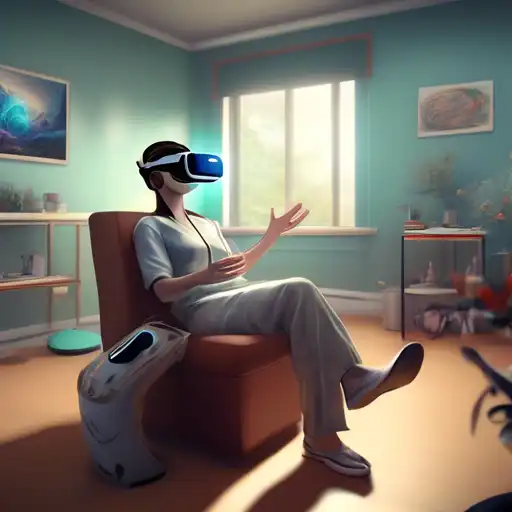The Transformative Power of Virtual Reality in Therapeutic Practices
Virtual Reality (VR) technology has transcended its initial entertainment-centric applications to become a groundbreaking tool in the field of therapy. By creating immersive, controlled environments, VR is revolutionizing the way therapists treat a variety of mental health conditions, from anxiety and PTSD to phobias and chronic pain. This article explores the innovative ways VR is being utilized in therapeutic settings, offering patients new hope and therapists powerful new tools.
Understanding VR Therapy
VR therapy, also known as virtual reality exposure therapy (VRET), involves the use of VR headsets to simulate environments or situations that patients find challenging. This technology allows individuals to confront and work through their fears in a safe, controlled setting, under the guidance of a professional. The immersive nature of VR makes it an effective medium for exposure therapy, a common treatment for anxiety disorders, phobias, and PTSD.
Applications of VR in Therapy
The applications of VR in therapy are vast and varied. Here are some of the most impactful uses:
- Anxiety and Stress Disorders: VR environments can simulate stressful scenarios, allowing patients to practice coping mechanisms in real-time.
- PTSD Treatment: Veterans and others suffering from PTSD can revisit traumatic memories in a controlled environment, facilitating healing.
- Phobia Treatment: From fear of flying to arachnophobia, VR provides a safe space for patients to face their fears gradually.
- Pain Management: VR has been shown to reduce perceived pain levels in patients undergoing painful treatments or suffering from chronic pain.
The Benefits of VR Therapy
VR therapy offers several advantages over traditional therapy methods. These include:
- Safety: Patients can confront their fears without real-world risks.
- Control: Therapists can adjust scenarios in real-time to suit the patient's needs.
- Accessibility: VR therapy can be accessed from anywhere, making it a viable option for those unable to attend in-person sessions.
- Engagement: The immersive nature of VR increases patient engagement and motivation.
Challenges and Considerations
Despite its potential, VR therapy is not without challenges. The cost of VR equipment and the need for specialized training for therapists can be barriers to widespread adoption. Additionally, not all patients may respond positively to VR therapy, highlighting the importance of personalized treatment plans.
The Future of VR in Therapy
As VR technology continues to advance, its applications in therapy are expected to expand. Researchers are exploring the use of VR for social skills training, cognitive rehabilitation, and even the treatment of eating disorders. With ongoing studies and technological improvements, VR therapy is poised to become an integral part of mental health treatment.
In conclusion, VR is transforming the therapeutic landscape, offering innovative solutions to age-old problems. By harnessing the power of virtual reality, therapists can provide more effective, engaging, and accessible treatments to those in need. As we look to the future, the potential of VR in therapy is limited only by our imagination.
